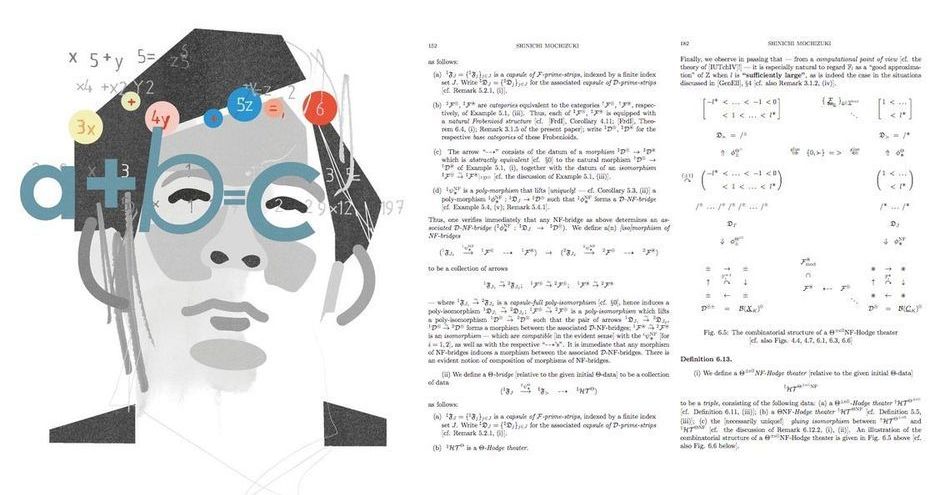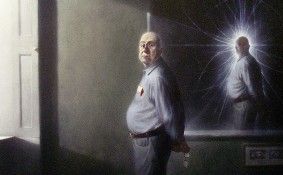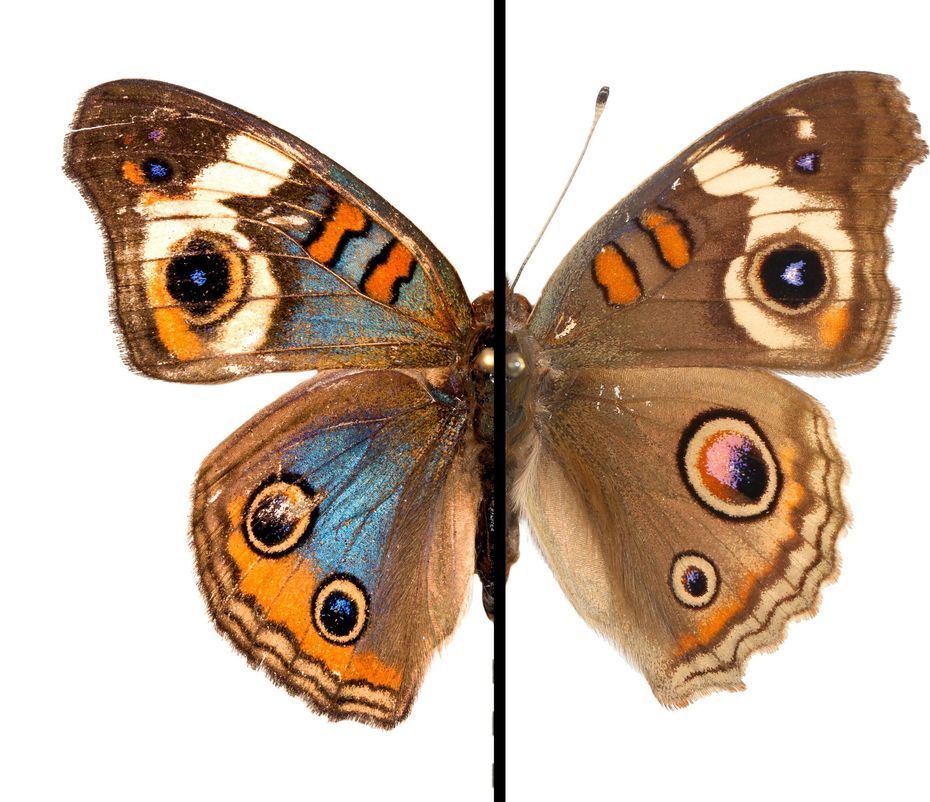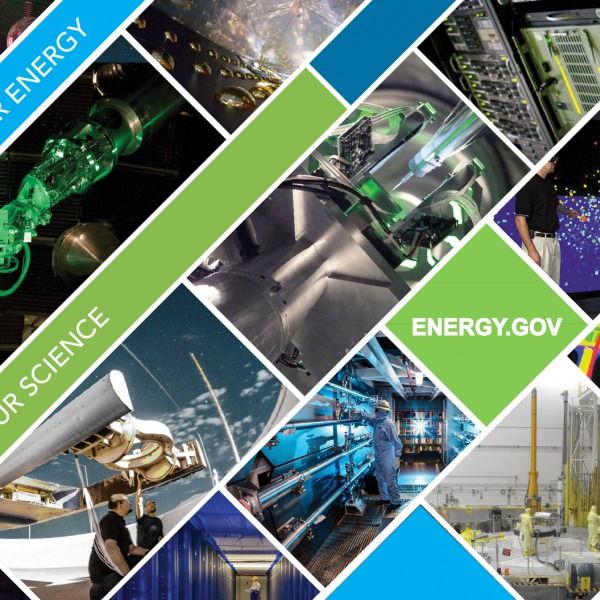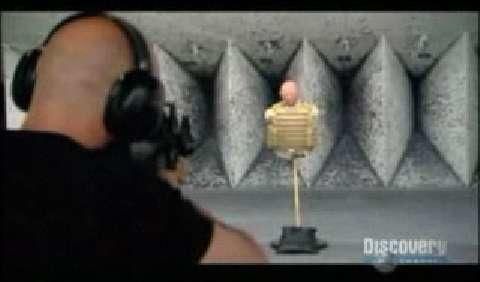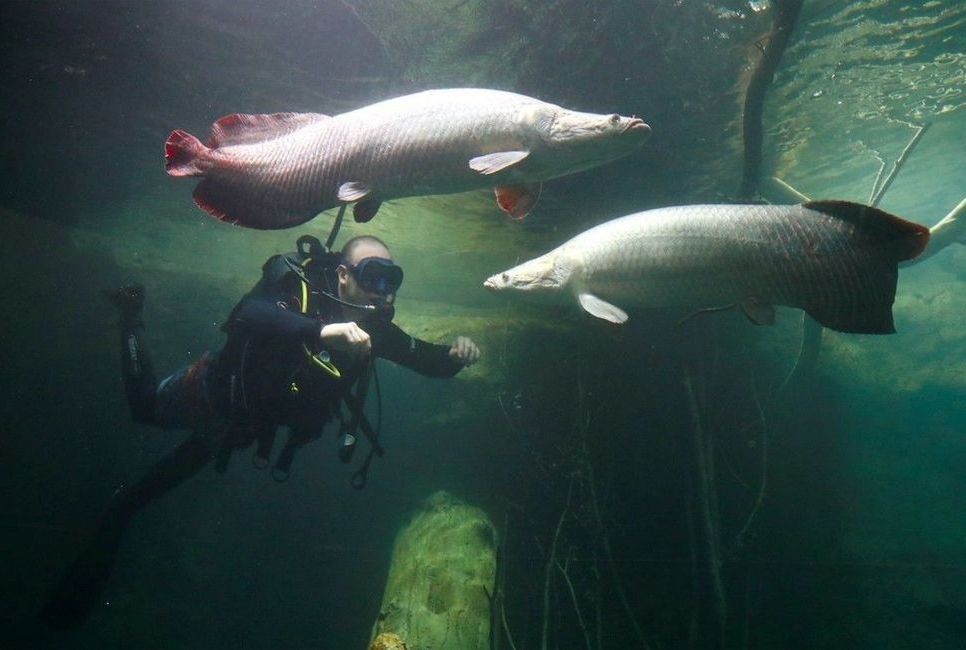The paranasal sinuses are major producers of nitric oxide (NO). We hypothesized that oscillating airflow produced by humming would enhance sinus ventilation and thereby increase nasal NO levels. Ten healthy subjects took part in the study. Nasal NO was measured with a chemiluminescence technique during humming and quiet single-breath exhalations at a fixed flow rate. NO increased 15-fold during humming compared with quiet exhalation. In a two-compartment model of the nose and sinus, oscillating airflow caused a dramatic increase in gas exchange between the cavities. Obstruction of the sinus ostium is a central event in the pathogenesis of sinusitis. Nasal NO measurements during humming may be a useful noninvasive test of sinus NO production and ostial patency. In addition, any therapeutic effects of the improved sinus ventilation caused by humming should be investigated.
Has one of the major outstanding problems in number theory finally been solved? Or is the 600-page proof missing a key piece? The verdict isn’t in yet, but the proof, at least, will finally appear in a peer-reviewed journal.
However, there’s just one catch: the mathematician himself, Shinichi Mochizuki, is one of the journal’s seniormost editors.
The company’s update on its development of COVID-19 drug candidate is promising.
Vancouver, British Columbia—(Newsfile Corp. — March 31, 2020) — NanoViricides, Inc. (NYSE American: NNVC) (the “Company”) is a nano-biopharmaceutical Company at the development stage, with proprietary and patented drug development work focused on viral diseases. The Company’s research involves the use of a unique nanomedicine technology called nanoviricides — agents designed to “fool” a virus into attaching to an antiviral nanomachine, in the same way that the virus normally attaches to the receptors on a cell surface, but for the purpose of its neutralization and destruction. NanoViricides was highlighted by SmallCapsDaily for providing an update on its progress to develop a drug that can treat COVID-19, the coronaviral pneumonia disease which is caused by the SARS-CoV-2 virus, aka, 2019-nCoV, also known as the Wuhan coronavirus.
:oooo circa 2009.
The portrait of Peter Higgs is on display at the University of Edinburgh’s School of Informatics. Photograph: Ken Currie.
It seems that Peter Higgs, despite his known aversion to publicity is turning up everywhere. Of course the potential discovery of the particle in the next few years by either/both of the Large Hadron Collider at CERN and the Tevatron at Fermilab is bringing a lot more attention to him, and a little to the other theorists, such as Guralnik, Hagen, Kibble, Brout, and Englert, who also developed the ideas behind a mass-giving spontaneously symmetry broken quantum field and its manifestation as a particle, now known as the Higgs boson. (Yep, that sounds scary because it gets technical.)
But Higgs the man seems to turn up in all kinds of places and lots of people have stories about where and how they met the man. I ran into him in at a function in a museum in the Hunterian Museum at the University of Glasgow over a decade ago, while Lauren, one of the symmetry interns, used to make him his sandwich in a cafe most days when she spent time in Glasgow. (Tell us your story of meeting Higgs in the comments below.)
Edith Smith bred a bluer and shinier Common Buckeye at her butterfly farm in Florida, but it took University of California, Berkeley, graduate student Rachel Thayer to explain the physical and genetic changes underlying the butterfly’s newly acquired iridescence.
WASHINGTON, D.C. — The U.S. Department of Energy today announced the winners of $32 million in funding for 15 projects as part of the Breakthroughs Enabling THermonuclear-fusion Energy (BETHE) program. These projects will work to develop timely, commercially viable fusion energy, with the goal to increase the number and performance levels of lower-cost fusion concepts.
“Fusion energy technology holds great potential to be a safe, clean, reliable energy source, but research and development of fusion technology is often constrained by prohibitive costs,” said Under Secretary of Energy Mark W. Menezes. “BETHE teams will build on recent progress in fusion research and the growing fusion community to lower costs and further foster viable commercial opportunities for the next generation of fusion technology.”
“These BETHE projects further advance ARPA-E’s commitment to the development of fusion energy as a cost-competitive, viable, energy generation source,” said ARPA-E Director Lane Genatowski. “Commercially viable fusion energy can improve our chances of meeting global energy demand and will further establish U.S. technological lead in this crucial area.”
Contact tracing is working in South Korea and Singapore. But it raises privacy issues.
Dragon Skin Body Armour (Part 1)
Posted in futurism
The scales of the Arapaima, an Amazonian freshwater fish that can weigh up to 440 pounds, possess all the best attributes of a bulletproof vest, but the elements are better integrated into one solid piece combining imperviousness and flexibility, researchers say. The Air Force is funding a study of the fish for potential body armor development.

